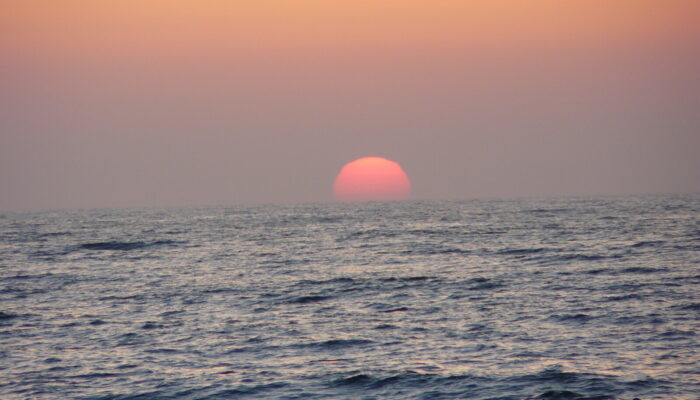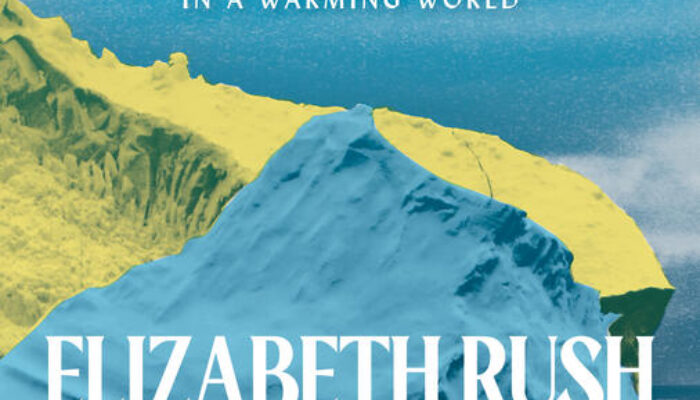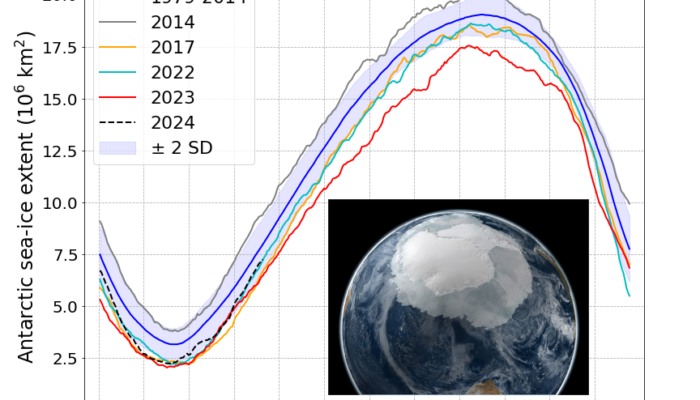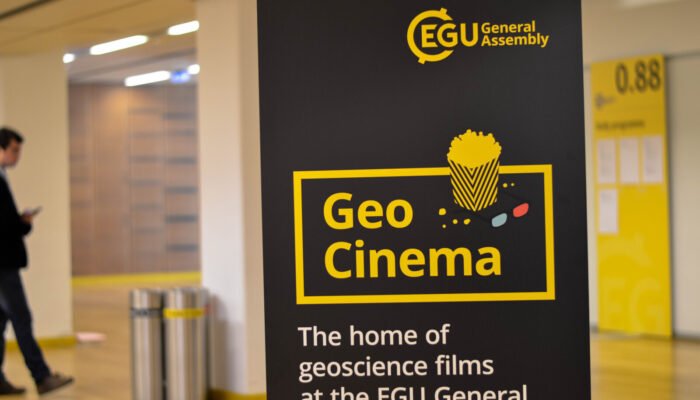In 1995, the Caribbean Island of Montserrat was shaken by the beginning of one of the most significant volcanic eruptions in recent history: one that profoundly changed the natural, social and economical landscape of the country. Three decades later, Soufrière Hills Volcano and its legacy of destruction still shape the lives of Montserrat’s people. Join us on the first part of our reportage and fi ...[Read More]
If you didn't find what you was looking for try searching again.
Tectonics and Structural Geology
Geology Bites: Podcast conversations about geology with researchers making key contributions to our understanding of the Earth and the Solar System
As readers of this blog know, geology is an awe-inspiring subject, dealing as it does with immensely powerful forces operating on time scales, pressures, and temperatures we can barely fathom. It is geological processes that are responsible for the continents, oceans, mountain ranges, indeed for all the landscapes we see around us. Even though many of these processes operate over deep time and dee ...[Read More]
GeoLog
Ocean hypoxia: what does the increase of dead zones mean for marine life?
When runoff from farmland and urban areas enters our streams and rivers, it carries a heavy load of fertilizers and nutrients. These substances accumulate and flow into our coastal oceans, triggering a series of reactions that can create hypoxic ‘dead zones’. Dead zones are low-oxygen, or hypoxic, areas in the world’s oceans and lakes. Because most organisms need oxygen to live, very f ...[Read More]
Cryospheric Sciences
Cryobook review: The Quickening
Even before its publication, my partner stumbled over the book The Quickening by Elizabeth Rush on Twitter and send it to me. In this book, Rush describes her journey to Thwaites Glacier and – as I was very curious about it – I bought it immediately after its release. It is not only documentary work about the journey, but also a meditation on responsibility, motherhood and life in a world of chang ...[Read More]
GeoLog
Lights, Camera, Abstract!: Your guide to creating a top-notch video abstract
Have you ever considered creating a video abstract but didn’t know where to begin or felt you lacked the skills to produce something of the quality you envisioned? Join me today as I welcome EGU’s editorial manager, Eduardo Queiroz Alves, who will address common questions and guide you through the process. Hello, Eduardo! Thank you so much for joining me to discuss creating a video abstract. ...[Read More]
GeoLog
Imaggeo On Monday: Reynisdrangar basalt sentinels
This year for the EGU24 Photo Competition we had some amazing photos submitted! In case you missed them before the meeting, for the next few weeks we will be featuring all 10 of the shortlisted photos, and our three winners! This week, Francesco Ioli’s image ‘Reynisdrangar basalt sentinels’. The Reynisdrangar basalt stacks rise dramatically out of the sea in front of the b ...[Read More]
Natural Hazards
Disentangling the complexity of multi-(hazard-)risks: conversations with Marleen de Ruiter, the EGU NH Division 2024 Early Career Scientist Award Winner
Marleen de Ruiter is Assistant Professor at the Institute for Environmental Studies (IVM), Vrije Universiteit Amsterdam. Her research focuses on multi- and consecutive disasters, improving modeling capabilities and understanding of multi-hazard risk and assessing the potential adverse impacts of Disaster Risk Reduction measures across different hazards. She manages the Myriad-EU project, co-leads ...[Read More]
Cryospheric Sciences
You thought it was over? Here’s more on the 2023 Antarctic sea-ice extent record low
In November last year (see this post), we promised to provide you an update of what happened with Antarctic sea ice during the year 2023 – a year of an exceptionally low extent. In this post, we try our best to discuss the conditions that lead to (part of) the recent loss in Antarctic sea ice, including atmospheric and ocean processes. How sea ice usually works… One of the ways scientists h ...[Read More]
GeoLog
EGU24: The return of GeoCinema!
After a six year hiatus, GeoCinema is back for EGU24! As many of you know, doing science is very rarely just about the research, but also involves sharing that research in several forms and formats. For many talented researchers this means using films. Either working with a film-maker or creating something themselves, several of our EGU24 attendees submitted wonderful films this year, from science ...[Read More]
Geodynamics
Equilibrium Crustal Thickness and Dynamics of Earth’s Lithosphere: The Answer is 42.
“The Hitchhiker’s Guide to the Galaxy” had the answer; we think we have the right question. This week, Ajay Kumar from IISER Pune, India, will take us on a journey to the depths of the Earth’s lithosphere – a world as mysterious as the farthest reaches of the Universe. We will see what the thickness of the Earth’s crust can tell us about the balance between the ...[Read More]









